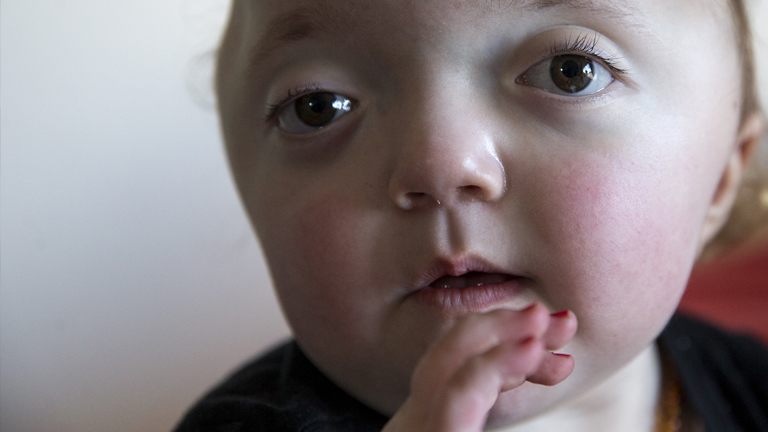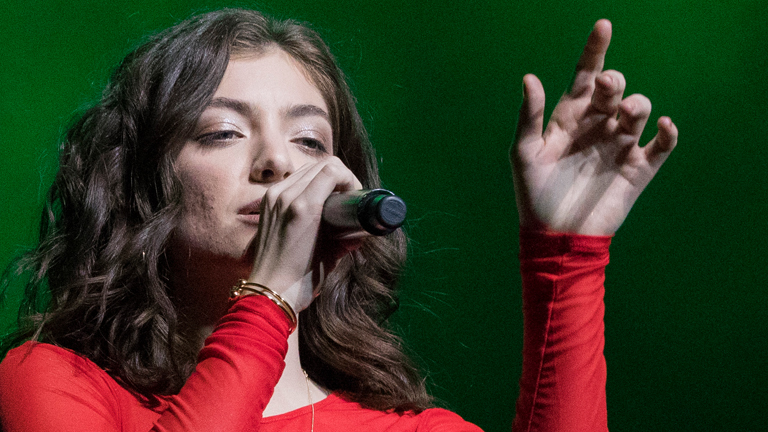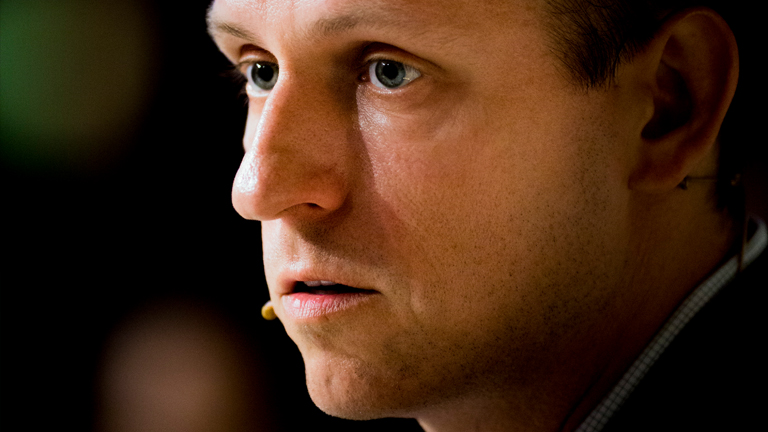HARRY
Prince of Hearts
When Prince Harry marries Meghan Markle on May 19 it will be the latest chapter in his life which has seen him blossom from a grief-stricken boy and rebellious teen, into the very popular face of Britain’s royal family.

Prince Harry – the youngest son of the Prince of Wales and Diana, Princess of Wales – was welcomed into the world 4.20pm on September 15, 1984.
Born at St Mary’s Hospital, Paddington, in central London, he weighed 6lb 14oz and provided a younger brother for Prince William.
He was christened on December 21, 1984, by the Archbishop of Canterbury, Dr Robert Runcie – at St George’s Chapel, where he is now to be married.
Harry’s education began at 3, when he was enrolled at Mrs Mynors Nursery School in West London.
He then joined William at Wetherby School pre-prep in 1989, before being enrolled at Ludgrove School, in Berkshire, in 1992.
He moved to Eton College in 1998 – where he completed his GCSEs and A Levels. But before he arrived at the prestigious college, the tragedy that would rob Harry and William of their mother and rock the royal family and its supporters around the globe – struck in the cruellest way.
Harry and William’s lives were torn apart on August 31, 1997, when Diana died in a car crash in Paris.
She was killed, along with her partner Dodi Fayed and their driver for the night Henri Paul, after the car they were travelling in slammed into a tunnel.
At the time Paul was driving at speed, trying to evade the paparazzi following them – including photographers in cars and on the back of motorbikes.
More than 32 million people in the UK alone watched live coverage of Diana’s funeral and its aftermath

One of the most haunting images at Diana’s funeral was that of a young Harry and William looking on as her coffin was carried into Westminster Abbey.
The world mourned with the two young royals who had lost their mum. Ironically, many of those mourners also watched on in fascination in later years as Harry – struggling with the loss of Diana – threatened to spiral out of control.
The pressure of growing up in public – and being in the middle of a media frenzy – would be enough to test the mettle of any young man.
But add the huge pain of losing his mother so young – and being one of the highest-profile faces in the world’s most photographed family – and Harry was always going to be a magnet for headlines and bad press.
From his teenage years he found himself at the centre of controversy; he was busted smoking cannabis at 17, as well as partaking in underage drinking and he was not shy of standing up to Britain’s tabloid press – some of whom had dubbed him a “wild child” – while out in public.
Those tabloids had a field day at his expense; in early 2005 he was photographed at a fancy dress party at his home, Highgrove House, while wearing a Nazi uniform and swastika armband.
The choice of outfit caused huge outrage. Dean and founder of the Simon Wiesenthal Centre, Rabbi Marvin Hier, called on the young royal to visit the Holocaust research facility. “He will see the results of the hated symbol he so foolishly and brazenly chose to wear."
A shamed Harry later said: he was "very sorry if I caused any offence or embarrassment to anyone. It was a poor choice of costume and I apologise.”
In 2009 he created headlines again after the circulation of a video shot three years earlier showed him calling a fellow officer cadet who had a towel on his head a “raghead”.
But, despite the many controversies, Harry remained a popular royal; a survey in 2012 showed he was the third most popular royal, behind the Queen and Prince William.
And though Harry was popular tabloid fodder, he was also working hard to be the best man he could be, becoming heavily involved in charity work and shining a light on causes that needed highlighting.
He graduated from Eton then spent a year travelling through Australia, Argentina and Africa.
Officer cadet training at the Royal Military Academy Sandhurst awaited in May 2005. The young royal went on to spend a decade in the British Armed Forces, including two tours of Afghanistan, the first between 2007 and 2008 as a Forward Air Controller.
On his return to the UK he trained as an Apache helicopter pilot and won a prize for best Co-Pilot Gunner. He returned to Afghanistan to fly Apache combat choppers in 2012.

His arrival was welcomed by the Taliban who said “we are using all our strength to get rid of him, either by killing or kidnapping. We have informed our commanders in Helmand to do whatever they can to eliminate him.”
Harry later said of his time in the choppers: “I felt as though I was really achieving something. I felt as though I was part of a team. All I wanted to do was prove to people I had a certain set of skills – flying an Apache helicopter, for instance, rather than just being Prince Harry.”
One of the perennial criticisms from royal-knockers is that members of the first family of the Commonwealth don’t relate to its citizens or do enough to shine a light on problems that affect us in everyday life.
Those criticisms certainly can’t be levelled at Prince Harry.
One of his charms is his down-to-earth nature – something that wouldn’t come naturally to all with such a privileged upbringing. There’s also his desire to make a difference in any way he can – in many ways following on from his mother’s huge work in the charitable sector.
Like all servicemen and women who put their safety on the line by going into battle, Harry’s bravery while on service in Afghanistan has rightfully been honoured.
But one of his bravest stances didn’t involve him wearing military fatigues; instead it was a deeply personal interview with the Telegraph last year when he opened up on his 20-year mental health struggle.
The young royal revealed his mother’s death sent him into periods of dark despair, including a two-year period which he described as “total chaos”.
He admitted in the Telegraph interview that he had been “very close to total breakdown on numerous occasions when all sorts of grief and lies and misconceptions are coming to you from every angle”.
For a time Harry said he “ran around going ‘life is great’ or ‘life is fine’.” But in reality, the opposite was true.
“I can safely say that losing my mum at the age of 12, and therefore shutting down all of my emotions for the past 20 years, has had a quite serious effect on not only my personal life but my work as well,” he said.
“I thought that thinking of her was only going to make me sad and not going to bring her back. So from an emotional side, I was like, ‘Right, don’t ever let your emotions be part of anything’.”
Harry sought help and openly talked of the benefit he felt from doing so. In speaking out, he joined other high-profile people who have shown that being in a position of power doesn’t make them immune from the same mental health issues that ordinary folk face.
He made a difference … something which he has made perfectly clear he wants to do in a raft of areas of life – just as his mother did.
It is something he noted in his speech in June 2017 to The Queen’s Young Leaders Awards, where he first congratulated young achievers, then said of their elder peers: “It’s our job – those of us who can no longer hand-on-heart call ourselves young – to create a platform where we can listen to the next generation and empower them to act”.
His official page highlights his varied charity work – with groups ranging from support for ex-servicemen and women and their families, to those that benefit youth and vulnerable people of all ages, children living with HIV/AIDS, and conservation initiatives.
Given Harry’s profile – and the British media and public’s fascination with him and every detail of his life – his relationships have provided plenty of media fodder.
His first high-profile relationship was with Chelsy Davy – daughter of a wealthy African safari operator.
She was born in Zimbabwe and educated in Cape Town, before moving to Leeds where she studied law and met Harry.
They were a couple sporadically for about seven years, before breaking up in 2011. Before their final split, Chelsy accompanied Harry to Prince William’s marriage.
Harry’s other long-term relationship was with Cressida Bonas; a British actress and dancer.
The couple – said to have been introduced by Harry’s cousin Princess Eugenie – were together for about two years after hooking up in mid-2012.
They had been widely tipped to become engaged prior to their split in 2014.
Rumoured flings with sports presenter Natalie Pinkham and model Florence Brudenell-Bruce have also provided gossip for the press.
Who says blind dates don’t pay off?
That is how Harry and Meghan Markle first met in mid-2016, set up by a mutual friend; London-based Ralph Lauren PR director Violet von Westenholz.
Their first date was in London.
Markle told the BBC after their engagement was announced almost a year and a half later: “It was definitely a set-up. It was blind date. I didn’t know much about him and so the only thing I had asked her when she said she wanted to set us up was … ‘was he nice?’.”
Markle was no stranger to the limelight before hooking up with Harry.
She is best known for playing Rachel Zane in the hit US TV series Suits and has appeared in movies including Horrible Bosses and Remember Me.
Given his past ructions with the media, Harry front-footed intrusions into his personal life – and specifically the treatment some of the press were directing towards Markle – shortly after the pair’s relationship became public knowledge in October 2016.
A statement from his office took aim at “a wave of abuse and harassment” directed her way.
“Prince Harry is worried about Ms Markle’s safety and is deeply disappointed that he has not been able to protect her. It is not right that, a few months into a relationship with him, Ms Markle should be subjected to such a storm.
“He knows commentators will say this is ‘the price she has to pay’ and that ‘this is all part of the game’. He strongly disagrees. This is not a game – it is her life and his’.”
Their engagement was confirmed almost a year later.
St George’s Chapel at Windsor Castle will play host to the royal nuptials on May 19.
About 600 of the couple’s friends and family will attend the ceremony – though in a break from tradition, not all of the world’s biggest leaders have been invited.
Prince William will be on hand as best man – and Markle will walk down the aisle to fanfare trumpeters, an orchestra and two choirs.
A strong military contingent – featuring members of units Harry has a connection with – will provide the escort for the official ride to the chapel.
About 200 people will attend an evening at Frogmore House.
In another gesture confirming Harry’s status as the “Prince of Hearts”, about 1200 members of the public will be given a priceless invitation into the chapel to greet the royal family’s latest married couple.
And anyone left in doubt over the size of Harry’s heart just has to take note of the couple’s request when it comes to wedding presents.
They have requested people make a donation to either of seven hand-picked charities; the Children’s HIV Association, a UK homeless body, a foundation in Mumbai aiming to empower women, a charity supporting children who have lost a parent who was serving in the British Armed Forces, the StreetGames initiative promoting sport in the community, a marine conservation body and a foundation that teaches urban youth about the great outdoors.
WORDS: Neil Reid
DESIGN & PRODUCTION: Paul Slater





